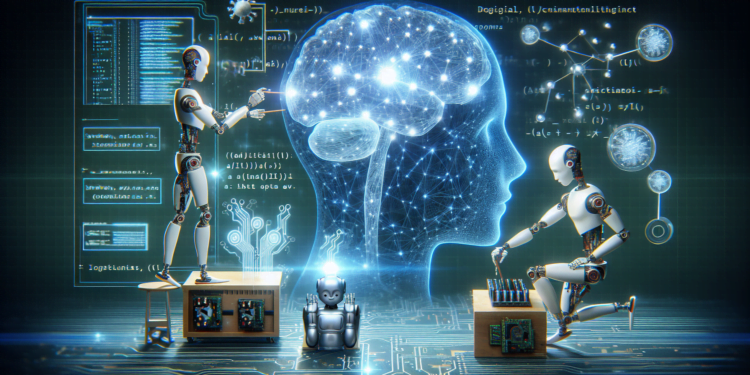The integration of artificial intelligence (AI) into robotics has marked an era of significant transformation over the past decade. This article reviews the key advances and how AI has redefined the potential and applications of robots.
1. The Dawn of a New Era (2013-2015)
1.1. From Programmed Robotics to Emergent AI
Traditional robotics, focused on specific tasks, began to evolve with the integration of machine learning algorithms, paving the way for more adaptable and flexible robots. This marked a shift toward robotic systems capable of learning and improving through experience, increasing their effectiveness in dynamic and changing environments.
1.2. Impact on Automation and Manufacturing
Robots began to take on more complex roles in the industry, from assembly to quality control, thanks to their improved ability to recognize patterns and adapt to new tasks without extensive programming.
2. Deep Integration of AI (2016-2018)
2.1. The Rise of Deep Learning
Robotics experienced a significant boost with the development of deep neural networks, greatly improving in areas such as sensory perception and natural language processing. This enabled robots to better interpret their environment and autonomously perform more complex tasks.
2.2. Collaborative Robots (Cobots)
Cobots, designed to work safely alongside humans, transformed various sectors, including light manufacturing and logistics. Their ability to adapt and learn from their human colleagues facilitated more efficient and flexible collaboration.
3. Innovations and Advancements (2019-2021)
3.1. Enhanced Autonomy and Adaptability
Robotic autonomy reached new levels with the development of more sophisticated navigation systems and real-time autonomous decision-making. Robots began to operate with greater independence in a variety of environments, from warehouses to urban settings.
3.2. Advancements in Service Robotics
Service robots, especially in the hospitality and personal care sector, began to have a significant impact. These robots improved operational efficiency and customer experience in many service settings.
4. The New AI Paradigm (2022-2023)
4.1. Transition to Generalized AI
Robotics greatly benefited from the transition to more general and adaptable AI systems. This resulted in robots capable of learning a variety of tasks and functions, increasing their versatility and ability to perform more complex and diverse roles.
4.2. Advanced Human-Robot Interaction
Improvements in the human-robot interface led to more natural and fluid interaction. Advancements in voice and gesture recognition allowed robots to integrate more effectively into both domestic and professional environments.
Conclusion
The last decade has witnessed how the integration of AI in robotics has opened up new possibilities and applications. From improvements in autonomy and adaptability to the development of more natural interfaces for human-robot interaction, advances in this field promise to continue redefining and expanding the role of robots in our society. Robotics, now more intelligent and versatile thanks to AI, is at a turning point, ready to play an even more crucial role in the future.






















